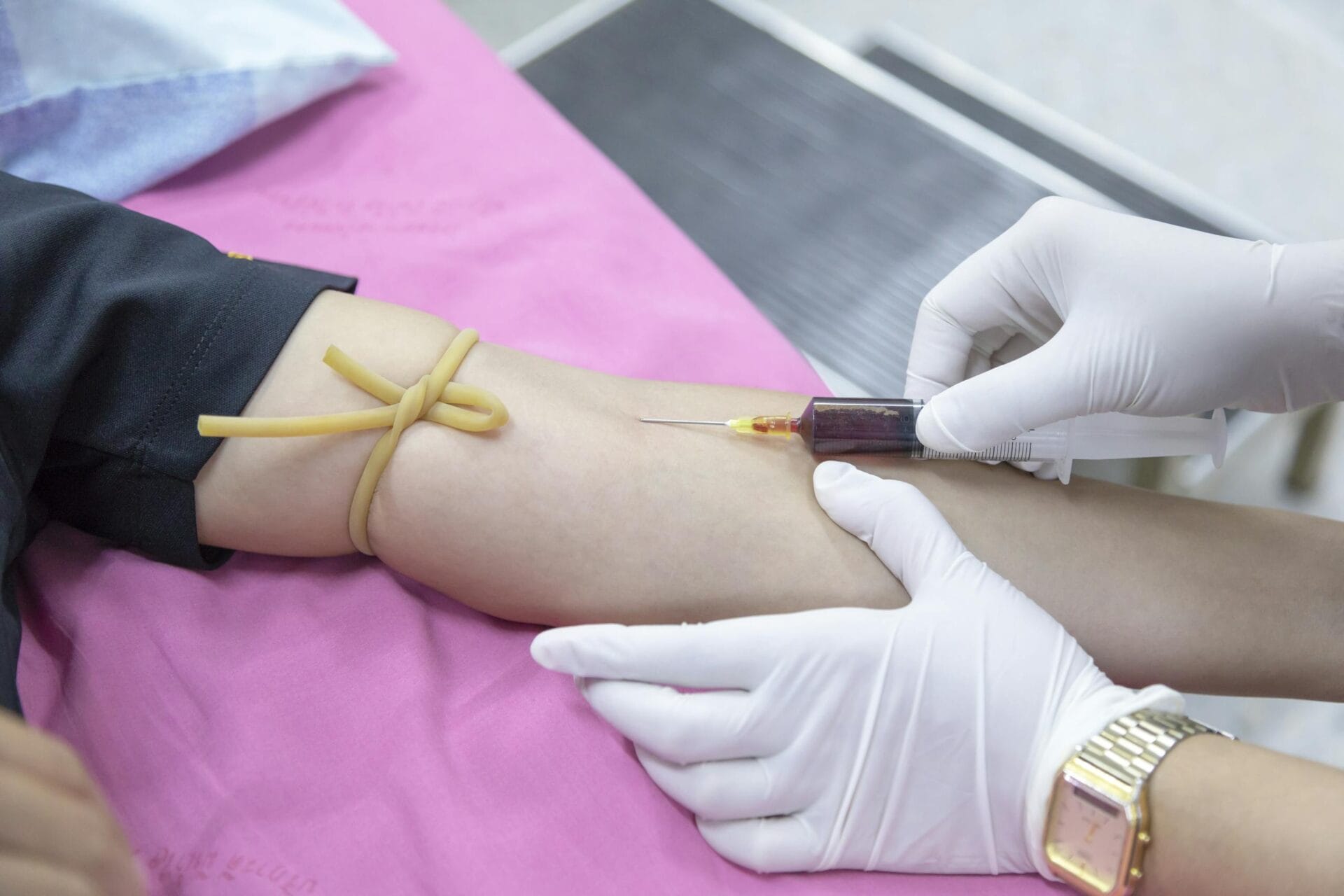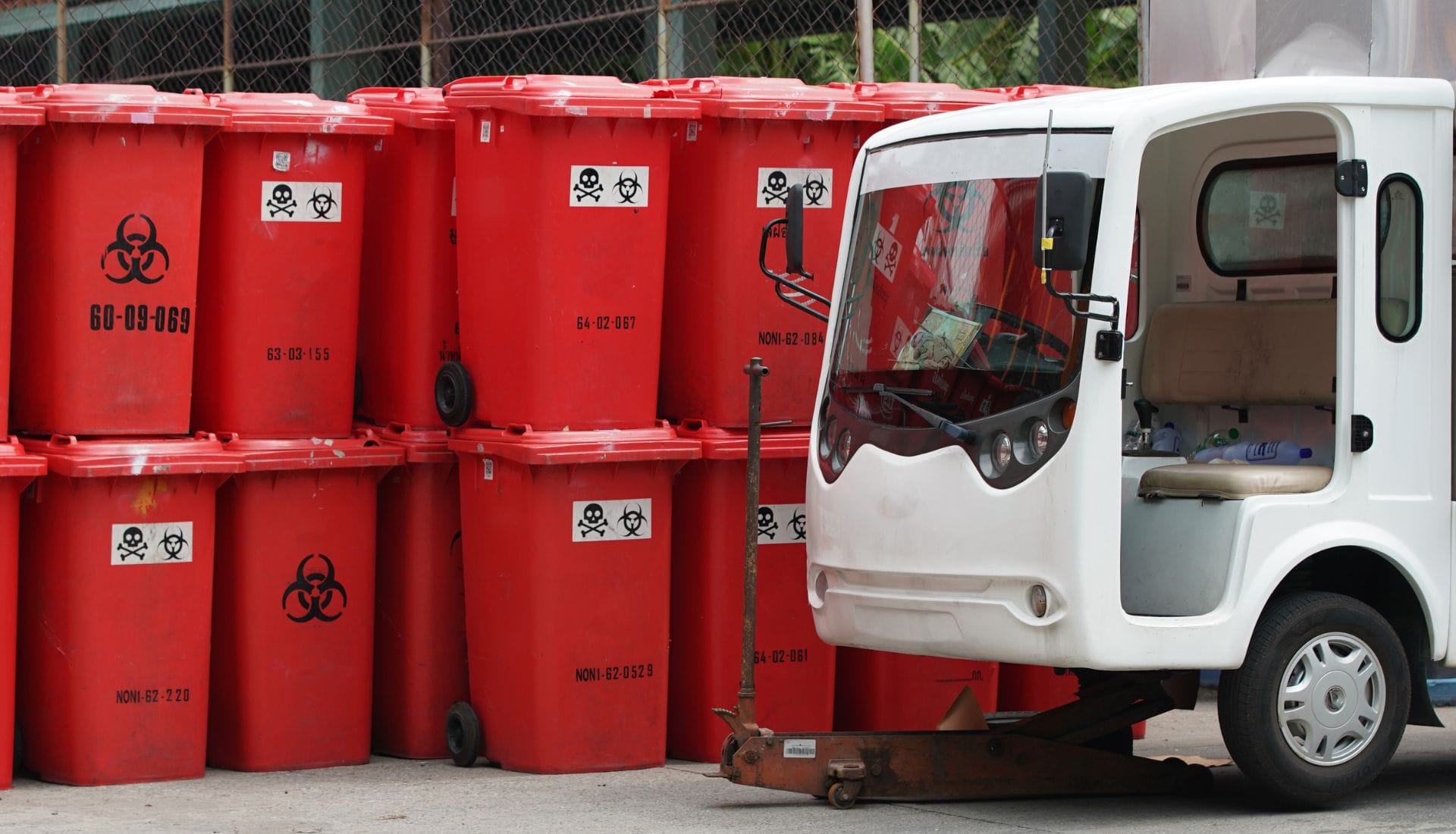Integrate Medical Waste Containers Safely
As individual enter a medical facility, their attention shouldn’t be immediately drawn to hazardous waste containers. Most of these individuals are either patients or visitors so you want them to feel comfortable and at ease. Big, bold colorful Biohazard waste containers might make them a little edgy. On the other hand, medical workers must focus on proper disposal of harmful items that must be discarded. Learn how to safely integrate medical waste containers into a facility so they’re easily accessible to the right people.
Eye-Level Boxes
Medical facility staff member are incredibly busy with patients, charts and colleagues each day. Biohazard disposal can’t be a time-consuming burden when you have all these other responsibilities. Proper placement of sharps containers should include a wall installation. The containers should be about eye-level for most adults. This placement keeps the hazardous waste away from children’s fingers. Attach the medical waste containers to the wall by using the appropriate fasteners. Make sure they are installed on a good support beam, so as the receptacle’s weight increases, there is no chance of it falling off the wall.
On-the-Floor Locations
In the back office of a doctor’s practice, emergency room or restricted area in a hospital, biohazard waste containers are normally used as floor accessories. They look similar to a trash can, but they have a bright-red hue. The waste disposal logo will be clearly visible. The containers have lids and they should be closed after items are discarded. These containers ARE NOT meant for sharps items. Any soiled items, such as gauze, bandages or disposable gowns can be placed in these receptacles.
Using Cardboard Medical Waste Containers
You may also see cardboard boxes with a biohazard disposal logo. These are typically not the norm for any medical facility. In some cases, they might be used for temporary purposes, such as when emergency rooms take on a major incident and has a high volume of traffic. The boxes are lined with biohazard disposal bags that will be stored awaiting transport by disposal professionals. These contaminated items must always be under physical control and kept away from the general public.
Evaluating Waste Volumes
A facilities biohazard disposal process may be entirely under control, but you need to manage this process by evaluating container locations and volumes. If one container tends to fill faster than others, consider another box installation in the same area. These receptacles should never overflow since they contain items that can be harmful. It’s always better to have too many waste containers compared to too few. Space out the receptacles for easy access by personnel.
Bagging Items
Some containers don’t sit out for intermittent use during the day. Basic, plastic bags are another tool for integration into your workplace. They’re normally used behind the scenes where medical professionals fill them with soiled linens. These lightweight items usually come from surgical units where they soak up bodily fluids. At no time, however, should the bags be used for anything other than soft linens. These bags are tough and labeled with a biohazard logo, but they cannot support sharps and other solid materials.
You need to work closely with your medical waste disposal company as needed based on the volume of waste that needs to be collected. If any medical waste containers appear broken or unusable inform your representative for replacement units. You’re part of a collective effort to keep everyone safe from harm as medical procedures continue to advance and improve.












